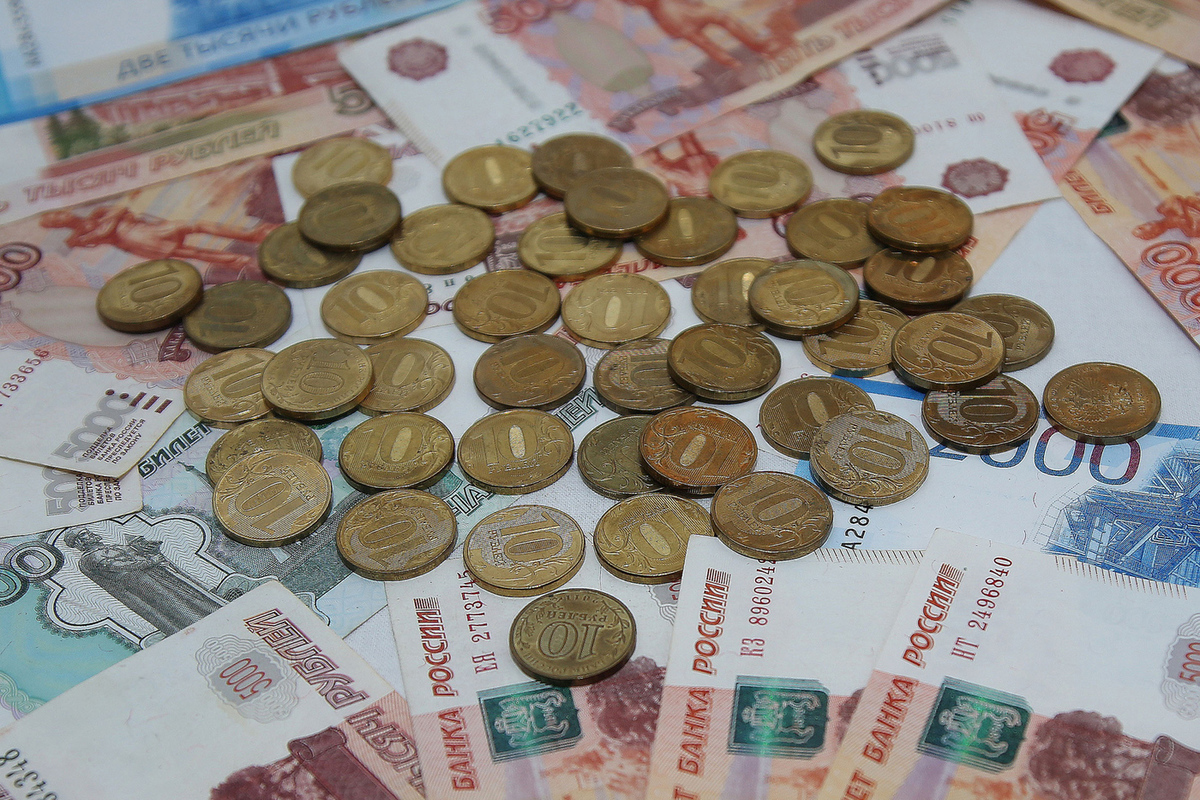The ruble coin protects: will Russians be forced to abandon iron money?
[ad_1]

Financier Razuvaev told how little things affect the lives of citizens
63% of Russians supported keeping coins in circulation. This is evidenced by the results of a study conducted by a popular portal on the labor market. The survey concerned the use of iron rubles, not kopecks. A fifth of respondents were in favor of excluding coins from monetary circulation, 9% said that all coins should be abandoned altogether, 6% were in favor of withdrawing coins of 1, 2 and 5 rubles from circulation, 5% were only in favor of abandoning coins of 1 and 5 rubles. 2 rubles. Why in a world where most payments are made using bank cards, people want to keep change in their pockets, Alexander Razuvaev, a member of the supervisory board of the Guild of Financial Analysts and Risk Managers, told MK.
— According to the Deputy Chairman of the Bank of Russia Sergei Belov, non-cash payments account for 80% of retail money turnover. In other words, the vast majority of Russians have long been paying with plastic cards and wallets on their phones. How then to explain the reluctance of compatriots to part with coins – a phenomenon that the study revealed?
— At a recent presentation of 1000 and 5000 ruble bills, the same Belov said that Russia is not in danger of a “cashless society” in the near future, even despite the imminent appearance of the digital ruble in circulation. And, as you can see, the survey showed that our citizens do not want to part with small change. They can be understood: unfortunately, inflation has made the penny unnecessary, but once upon a time it had economic meaning. And according to financial logic, all types of Russian money should have it. In order to return into circulation not only iron rubles, but also kopecks, I consider it necessary to carry out a denomination in the proportion of 1 to 100. Just imagine: a bottle of water costs 50 rubles today, and after the reform it will become 50 kopecks. People will have a completely different attitude towards money. But research says that contact with the physical media of money – with coins, with banknotes – makes them more tangible for the owners and in the mass consciousness this slows down the rise in prices.
— It turns out that inflation is influenced by psychological factors?
– Certainly. A number of observations of citizens’ inflation expectations show that the physical presence of coins or small denomination bills in consumers’ wallets has an impact on inflation: this reduces expectations of price increases. Usually, when the Bank of Russia puts into circulation banknotes or small metal money of 5, 10 rubles or a little more, experts remember this unadvertised effect. And as we see, the reluctance of citizens to part with coins really occurs. This, most likely, is not just a tribute to tradition, but precisely the expectation that the change will still be needed, it is still useful, and you can still buy something with it. In the world of Russian financial reality, where the vast majority of citizens pay for goods with bank cards, you may feel that coins are no longer so necessary. But the psychological effects of change in your pocket continue to work. The presence of coins in the public consciousness seems to signal to people that inflation is not yet so high. This is reassuring and, perhaps, that is why Russians, spoiled by the comfort of non-cash payments and the conveniences of the digital economy, do not want to part with such an old-fashioned, but understandable trifle. Although you need to look at coins in a broader sense.
– What do you have in mind?
— Gold and silver coins have long been a good investment. Over long periods – from a year or more – both metals grow and help protect money from inflation. There is a market for the circulation of such coins and from time to time, especially during periods of political and economic uncertainty, coins made of precious metals become extremely in demand among the widest sections of society, and not just among professional investors or numismatists. In 2023, the Bank of Russia announced the release of six types of investment coins with a total circulation of up to 1.45 million pieces. This is one and a half times more than last year. For comparison: in 2022, the regulator issued 905 thousand investment coins and they were in high demand among Russians amid difficulties with the acquisition and sale of dollars and euros. Because of this, by November last year, some banks even reported a shortage of such coins. But this year, credit institutions confirmed that the demand for such a savings instrument has increased. So there are coins that are far from trivial, and I advise Russians to remember them, although ordinary citizens are often not sufficiently interested in this market.
– How accessible are such coins to ordinary citizens “off the street”?
– You can buy this kind of asset in virtually all large banks and specialized companies: this year the Central Bank of the Russian Federation entered into agreements on the distribution of commemorative and investment coins with 121 financial organizations. Prices for investment coins start from 2.9 thousand rubles and reach 194 thousand per piece. Their cost depends on the metal, weight and denomination. This area of savings requires study and a careful approach, a willingness to invest “for the long haul,” but there are more benefits here. Today, coins are the cheapest way to invest in physical precious metals, because gold bars, for example, will cost more, so I advise Russians to take a closer look at commemorative coins as an affordable investment option.
[ad_2]
Source link






